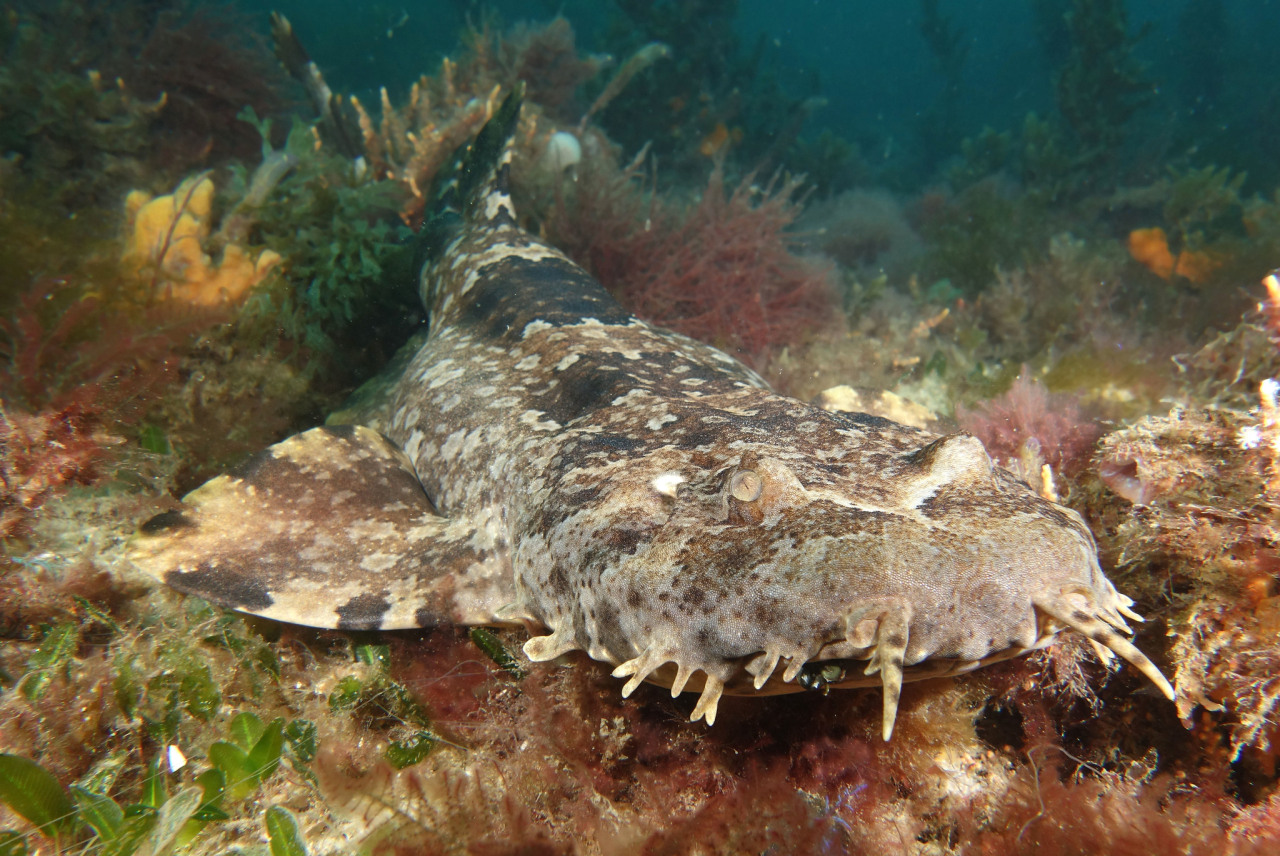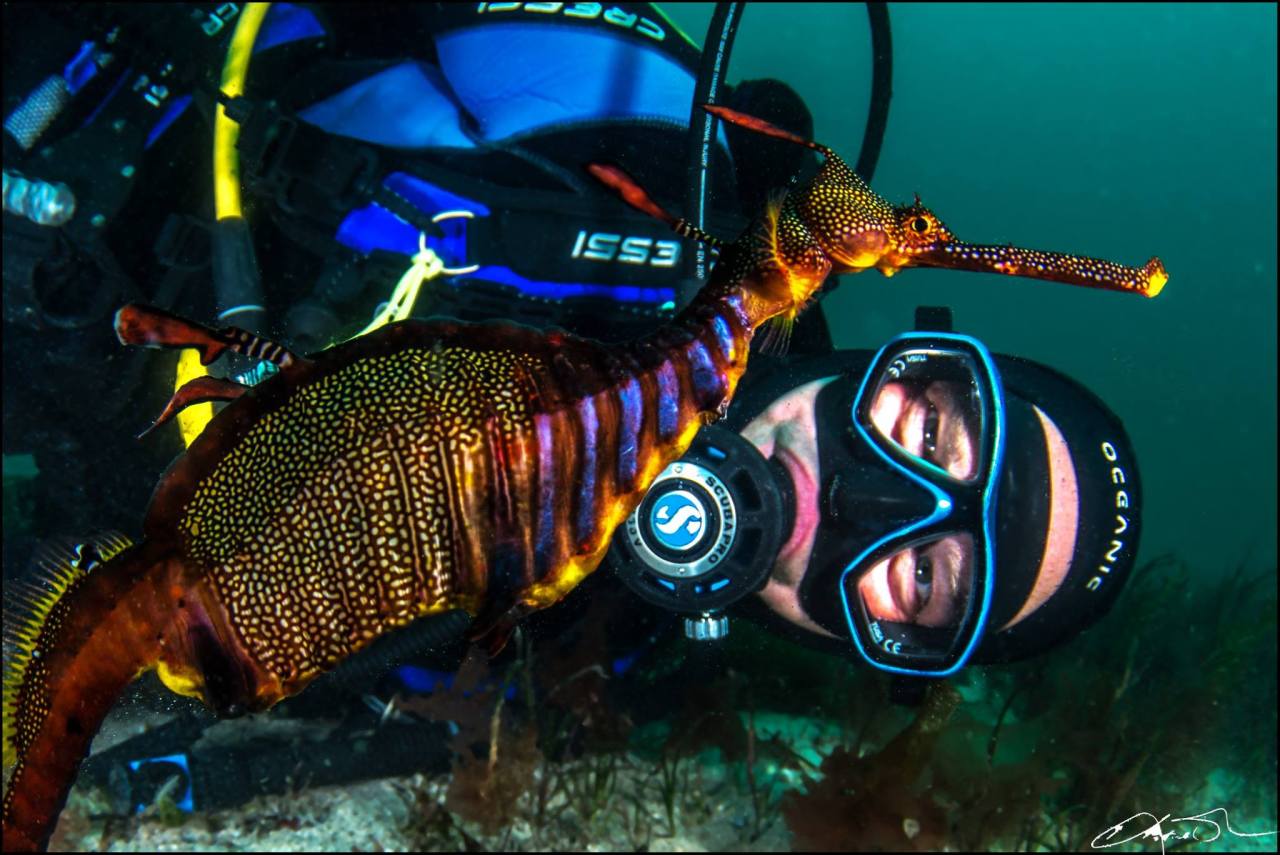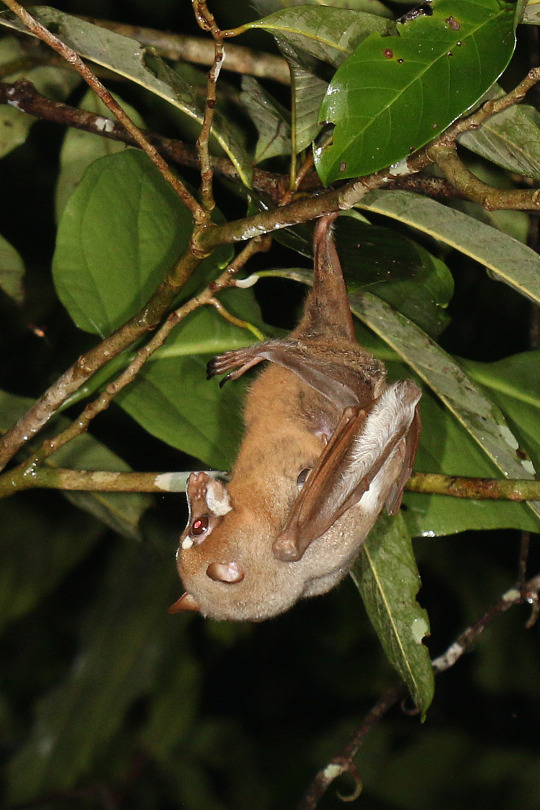Observation of the Week, 12/7/16

This melanistic Cooper’s Hawk, seen in Texas by @johnkarges, is our Observation of the Week!
For birdwatchers, a bird with color abnormalities is a rare treat. Some species have different “morphs,” such as “dark-morph” and “light-morph” Red-tailed hawks, that occur frequently. More rare are leucistic birds, who don’t produce melanin for their feathers, making them very light-colored or white. A leucistic Anna’s Hummingbird in Santa Cruz, California caused quite a stir this year.
Possibly more rare are melanistic birds, who produce too much pigment when forming their feathers, giving them an overall dark plumage, making it difficult to see patterns and field marks. When out birding with his partner recently, iNaturalist user John Karges spotted a melanistic Cooper’s Hawk, seen above!
“My partner and I were driving out of mall parking area,” recalls John, “when she looked off to the side at a lawn island noticing a black bird mantling over and picking at the carcass of another black bird. She’s just getting interested in birds and asked if grackles were carnivorous or cannibalistic. I glanced over at the two black birds just outside our windows and exclaimed ‘That’s a melanistic Cooper’s Hawk!!!’
“We weren’t but 30-40 feet or so from the bird and there were no pedestrians around to disturb it off its kill. We watched for around 30 minutes while I took about a hundred still photos and she even took some video. A storm cell was approaching and just as the sheet rain hit, the bird flew up with the meager remains of the grackle and flew low across a road into an ornamental shrubline.” They weren’t able to find the hawk again once the storm passed, but it was a thrilling experience for these birders.
Just how rare is a melanistic Cooper’s Hawk? According to Morrow, et al., a melanistic Cooper’s Hawk found in Virginia in 2013 is, to their knowledge, the only other one ever document in North America!
Cooper’s Hawks are medium-sized hawks who often live in forest but are found in suburban areas as well. They fly swiftly through the woods and specialize in preying on smaller birds, but this behavior can be dangerous - a study found that 23% of Cooper’s Hawk carcasses showed evidence of broken bones in the chest. They are very similar in appearance to Sharp-shinned Hawks, often making them a tough bird to identify.

“When I was in third grade,” says John, “I announced to the world via my family that I was going to be a biologist and it has never wavered, now having spent my career so far between the natural history museum world, nature centers, and conservation.” He’s spent the last 27 years a land steward and conservation biologist with The Nature Conservancy, and says that he’s only been on iNat for a few years “but once introduced, I was addicted to contributing, verifying sightings, and adding to projects... I can’t say that iNaturalist has changed the way I appreciate the natural world and biodiversity but it sure has enriched it.”
- by Tony Iwane
- Some fairly intense footage of a Cooper’s Hawk mantling while killing a Eurasian Collared Dove.
- Check out the the Amazing Aberrants project on iNaturalist for some more organisms with aberrant mutations.
- Some tips on how to differentiate Cooper’s Hawks and Sharp-shinned Hawks.












